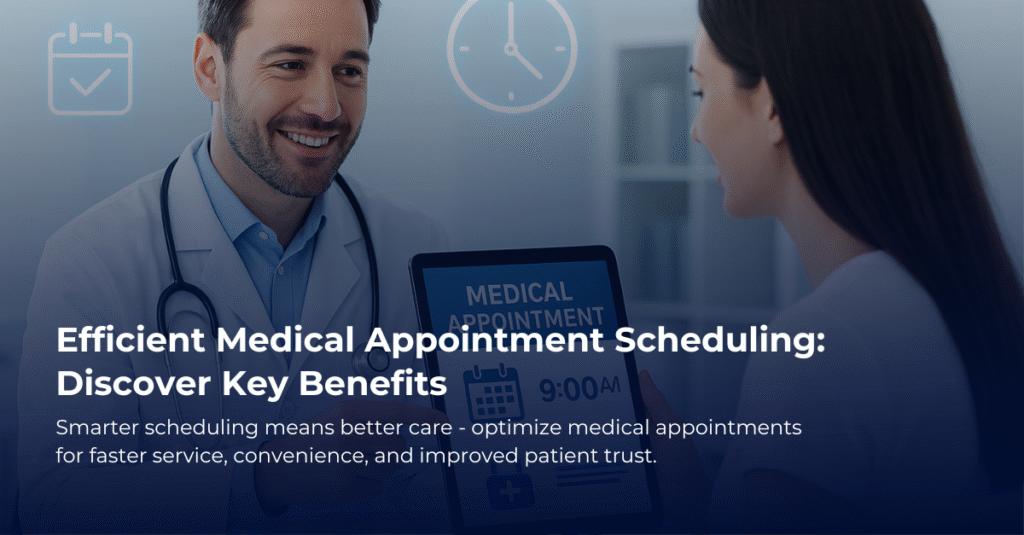Understanding Efficient Medical Appointment Scheduling Systems
Have you ever found yourself frustrated when trying to book a medical appointment? Maybe you called the office, waited on hold, and then were told that the next available slot is weeks away. You’re not alone! Many people share this experience, which can often feel mysterious. So what’s the deal with medical appointment scheduling systems? Let’s break it down in a simple way.
What is a Medical Appointment Scheduling System?
At its core, a medical appointment scheduling system is a tool that helps healthcare providers manage appointments with patients. This system is designed to make scheduling easier for everyone involved—patients, doctors, and administrative staff. But, how does it work?
Think of it like a digital calendar that not only helps you keep track of your schedule but also allows patients to see available time slots, book appointments, and even receive reminders. It’s all about streamlining the process and making it more efficient.
Why is Efficient Scheduling Important?
- Minimizes No-Shows: A well-structured system can send automatic reminders to patients. This way, they are less likely to forget their appointments, reducing wasted time for doctors.
- Improves Patient Experience: When patients can book their own appointments online at their convenience, it enhances their experience and saves time—for both them and the office staff.
- Optimizes Doctor’s Time: Effective scheduling means doctors can see more patients in a day. Fewer gaps in their schedules lead to better resource management.
How Does it Work?
Imagine you’re a patient looking to book an appointment. Instead of calling the office, you visit their website and see a calendar showing available dates and times. You select what works for you, fill out a few details, and hit ‘submit.’ Instantly, that time slot is reserved, and you get a confirmation email right away.
But there’s more. If an earlier slot opens up due to a cancellation, the system can automatically notify patients who are on a waiting list. This helps treat patients sooner and keeps the calendar running smoothly.
What Features Should You Look For?
- User-Friendly Interface: It should be easy for both staff and patients to navigate. A complicated system can lead to frustration on both ends.
- Integration with Existing Systems: Your scheduling system should work well with other tools you already use, like electronic health records (EHRs). This prevents double entry and errors.
- Automated Reminders: Incorporating features that send reminders via email or text boosts the chances of keeping appointments.
A Real-World Example
Let’s say a small clinic implements a new scheduling system. After a few months, they notice a significant decrease in missed appointments. Patients appreciate being able to book online and quickly reschedule if needed. The doctors can see more patients and spend less time on administrative tasks. This leads to happier patients and a better workflow in the clinic.
Final Thoughts
Creating an efficient medical appointment scheduling system is more than just a tech upgrade; it’s about improving the healthcare experience. By simplifying the process for patients and enhancing the workflow for staff, everyone can benefit. If you’re running a healthcare facility or thinking about it, investing in an effective scheduling system could be one of the best decisions you make.
Have more questions about this? I’m here to help you understand! After all, a little knowledge goes a long way in healthcare.







